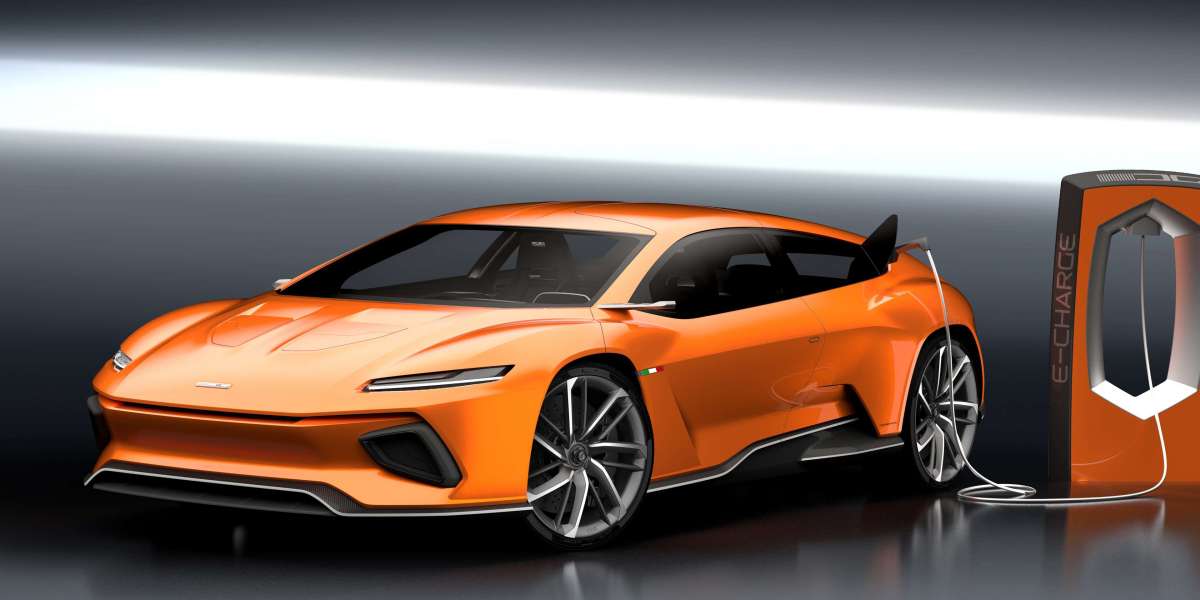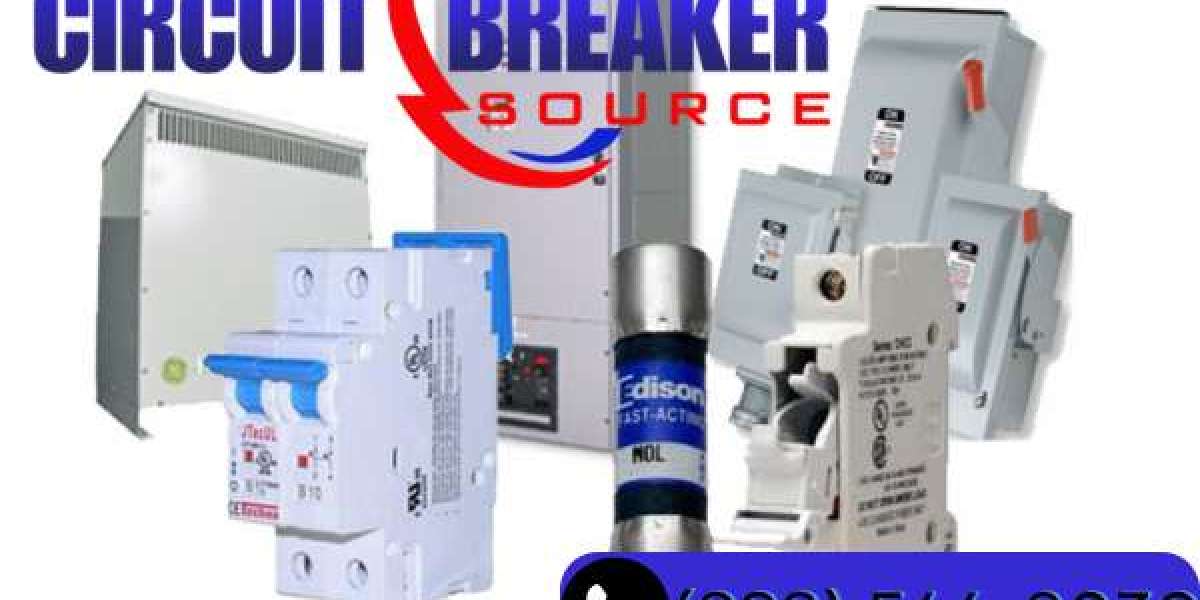Energy-efficient thermostats have become essential tools for homeowners seeking to optimize comfort, reduce energy consumption, and lower utility bills. These innovative devices offer advanced features and capabilities that enable precise temperature control and intelligent energy management. In this article, we'll explore the benefits of energy-efficient thermostats, how they work, and their impact on home comfort and efficiency.
Understanding Energy-Efficient Thermostats
Energy-efficient thermostats, also known as smart thermostats, utilize advanced technology to regulate indoor temperatures and optimize heating and cooling systems for maximum efficiency. Unlike traditional thermostats, which operate on simple temperature settings, energy-efficient thermostats offer features such as programmable schedules, remote access, and learning algorithms that adapt to users' preferences and lifestyle patterns.
Benefits of Energy-Efficient Thermostats
Energy Savings: By automatically adjusting temperature settings based on occupancy, weather conditions, and user preferences, energy-efficient thermostats can reduce heating and cooling energy consumption by up to 20%, resulting in significant savings on utility bills.
Improved Comfort: Energy-efficient thermostats provide precise temperature control and customization options, allowing homeowners to maintain comfortable indoor environments year-round without unnecessary energy waste.
Convenience: With features such as remote access and smartphone apps, energy-efficient thermostats enable homeowners to control their HVAC systems from anywhere, anytime, providing convenience and flexibility for busy lifestyles.
Smart Learning: Many energy-efficient thermostats incorporate machine learning algorithms that analyze user behavior and adjust temperature settings accordingly. Over time, these thermostats learn users' preferences and automatically optimize energy usage for maximum comfort and efficiency.
Integration with Smart Home Systems: Energy-efficient thermostats can integrate with other smart home devices and systems, such as lighting, security, and voice assistants, creating a seamless and interconnected home environment that enhances comfort and convenience.
How Energy-Efficient Thermostats Work
Energy-efficient thermostats use a combination of sensors, algorithms, and connectivity features to regulate indoor temperatures and manage HVAC systems efficiently:
Temperature Sensors: Built-in temperature sensors measure the ambient temperature in the home, allowing the thermostat to maintain the desired temperature within a specified range.
Occupancy Sensors: Some energy-efficient thermostats feature occupancy sensors that detect when people are present or absent in the home. Based on occupancy patterns, the thermostat can adjust temperature settings to conserve energy when the home is unoccupied.
Weather Forecasting: Energy-efficient thermostats may utilize weather forecast data to anticipate changes in outdoor temperature and adjust indoor temperature settings accordingly, optimizing energy usage and comfort.
Learning Algorithms: Smart thermostats with learning algorithms analyze user behavior, preferences, and occupancy patterns to automatically adjust temperature settings for optimal comfort and energy efficiency.
Connectivity Features: Energy-efficient thermostats often have Wi-Fi or Bluetooth connectivity, allowing users to control their HVAC systems remotely via smartphone apps or web portals. Some thermostats also support voice commands through integration with virtual assistants like Amazon Alexa or Google Assistant.
Conclusion
Energy-efficient thermostats are powerful tools for optimizing home comfort, reducing energy consumption, and lowering utility bills. With advanced features such as programmable schedules, learning algorithms, and remote access, these thermostats empower homeowners to take control of their indoor environments and achieve greater efficiency and savings. By embracing energy-efficient thermostats, homeowners can enjoy enhanced comfort, convenience, and sustainability while reducing their environmental footprint and contributing to a greener future.







